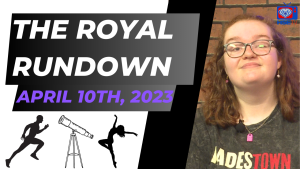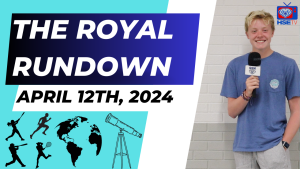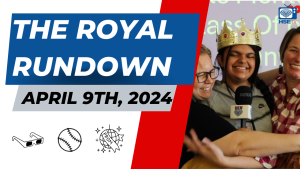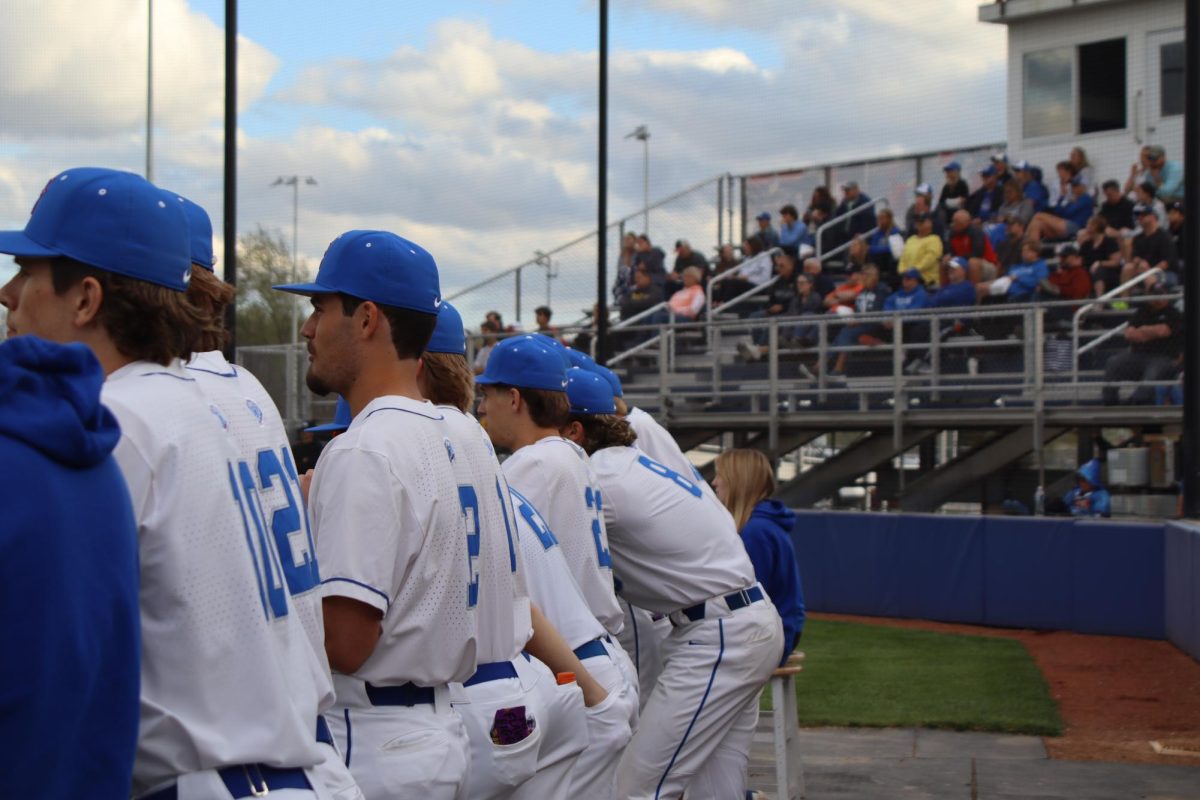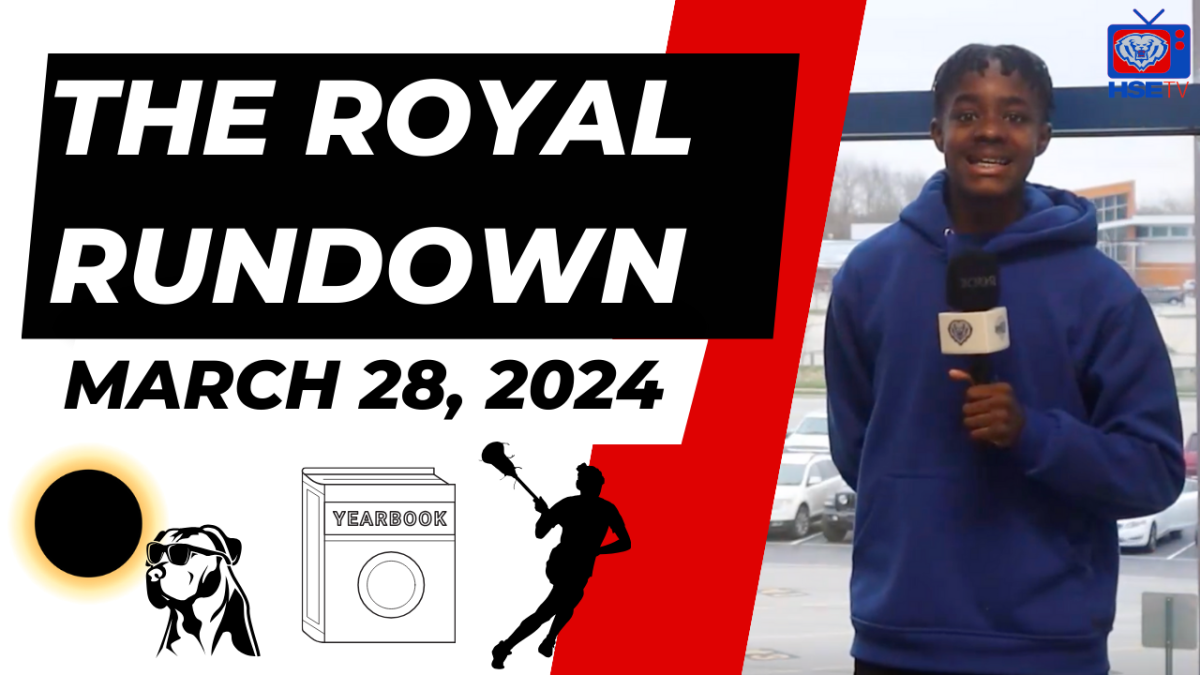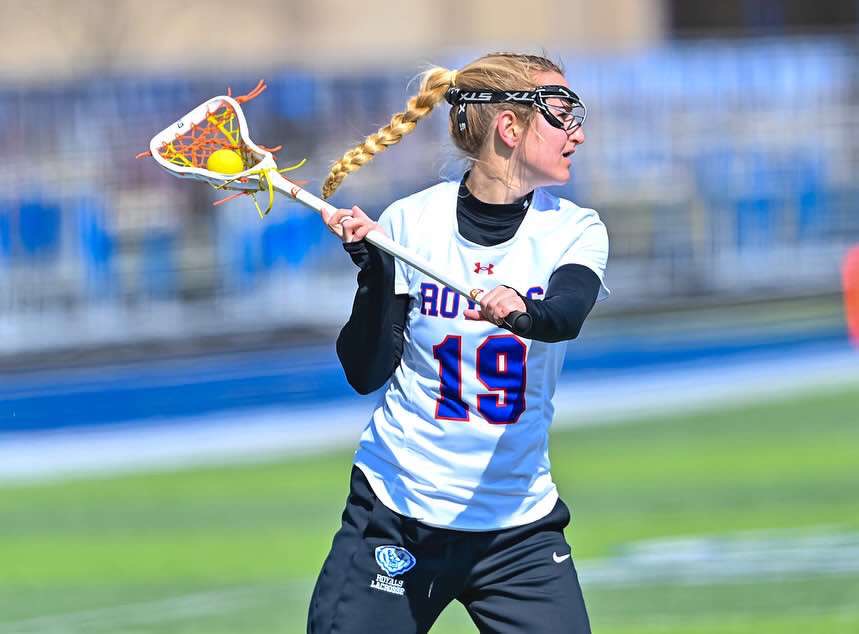Jan. 21, 10:00 AM. The National Mall in Washington, D.C. is a wave of pink hats, cardboard signs, and representatives from all states on behalf of an angry American public. Underneath the city, Metro buses are packed with impatient commuters. Metro drivers warn them over the intercom not to stand too close to the doors. Each stop on the ride towards the Mall is a struggle to allow more protesters on the Metro cars. Dispersed throughout this scene are several HSE students, all of whom traveled to the nation’s capital to voice their concern over the new administration and the changes it will bring.
“Walking on the streets of Washington, D.C. and chanting ‘This is what democracy looks like,” with my sign high in the air was a very liberating feeling,” senior Maddie Shane said. “Seeing all the other walks of life there fighting for change made me so happy. There were old men and women, young men and women, children, and even dogs; It wasn’t just singled out to women alone.”
The night before many had flown or drove in, using a variety of means to attend the march. Pictures of Southwest flights to D.C. filled with women wearing pink hats were trending on Twitter. Shane took a charter bus to D.C., and was joined there by her friend, senior Cameron Barrett.
“Friday evening I headed to a family friend’s house who rented a van and was taking a few adults that I didn’t know,” Barrett said. “It was nerve-wracking considering I barely knew these people but I was determined to get there even though all of the charter buses were sold out.”
The idea for the march was formed by several individuals on facebook, and was spread by thousands. Planning began shortly after the inauguration. Protesters were upset over Donald Trump’s election, which was preceded by a controversial and divisive presidential campaign.
“I know a lot of people who are scared that our new president will move our country backwards and that he will take away the rights of many different groups of people,” junior Maura Dankoski said. “I marched to raise awareness for these issues and to let Mr. Trump know that we will not be silenced about these issues.”
Social media allowed for news of the march to travel fast, and cities around the world held sister marches on the same day. While hundreds of thousands marched around the world, crowd scientists cited in an article by The New York Times estimated that there were around 470,000 people at the Women’s march in Washington DC, about three times of the estimated number of attendees at the inauguration on Jan. 20.
“Once we started marching it was amazing and you could look down the street and see blocks and blocks of people in every direction,” Barrett said. “I even got a chance to talk to a police officer who said that Saturday, which was the day of the march, went much better and there was no violence.”
There were many people of note at the protests, including celebrities and government officials. Senator Elizabeth Warren, a notable critic of the President, spoke to crowds of protestors at the Women’s march in Boston. In Atlanta, representative and famous civil rights advocate John Lewis spoke.
“I was able to meet Congresswoman Jackie Speier from California,” junior Lucy Newell said. “She hosted a pre-march breakfast; it was very cool. I met the governor, lieutenant governor, and attorney general of Virginia because I just ran into them on the street at the march.”
Although named the Women’s March on Washington, the event was concerned with more than just women’s rights. LGBT and race issues were brought up by protesters and speakers.
“I marched for the LGBT community, women’s rights, women of color, people of Islamic and Muslim faith, immigrants and all other minorities,” Barrett said. “I felt compelled to not turn a blind eye anymore and stand with the people I believe need to be heard.”
The march faced much opposition online and in person, especially from conservative groups. Members of pro life groups stood near marchers with signs of their own.
“The issues that these people marched for are very real and personal to people, they didn’t march just for the fun of it,” Dankoski said. “I hope that even if they don’t agree with the stances of the march, they will still be able to respect and understand that these issues are important and aren’t going to go away.”
Following the march, planning for other marches began, most notably being a March for Science in Washington, D.C. While it remains to be seen if these protests will be able to achieve their goals, the movement shows no sign of stopping.
“I think the most memorable moment was seeing this older woman cry in the crowds,” Shane said. “It wasn’t sad crying, she looked so proud and they looked obviously like happy tears. It was just a genuine moment overall; it made me kind of emotional.”


